In addition to producing auroras, a recent extreme storm provided more detail on how much radiation future astronauts could encounter on the Red Planet.
The specks in this scene were caused by charged particles from a solar storm hitting a camera aboard NASA’s Curiosity Mars rover. Curiosity uses its navigation cameras to try and capture images of dust devils and wind gusts, like the one seen here.NASA’s Curiosity Mars rover captured black-and-white streaks and specks using one of its navigation cameras just as particles from a solar storm arrived on the Martian surface.
The unfolding space weather was closely tracked by analysts at the Moon to Mars Space Weather Analysis Office at NASA’s Goddard Space Flight Center in Greenbelt, Maryland, which flagged the possibility of incoming charged particles following the coronal mass ejection. Similarly, the star camera NASA’s 2001 Mars Odyssey orbiter uses for orientation was inundated with energy from solar particles, momentarily going out. Even with the brief lapse in its star camera, the orbiter collected vital data on X-rays, gamma rays, and charged particles using its High-Energy Neutron Detector.
Our home planet is shielded from charged particles by a robust magnetic field, which normally limits auroras to regions near the poles. Mars lost its internally generated magnetic field in the ancient past, so there’s no protection from the barrage of energetic particles. When charged particles hit the Martian atmosphere, it results in auroras that engulf the entire planet.
Goddard Space Flight Center Jet Propulsion Laboratory Mars MAVEN (Mars Atmosphere And Volatile Evolution)
United States Latest News, United States Headlines
Similar News:You can also read news stories similar to this one that we have collected from other news sources.
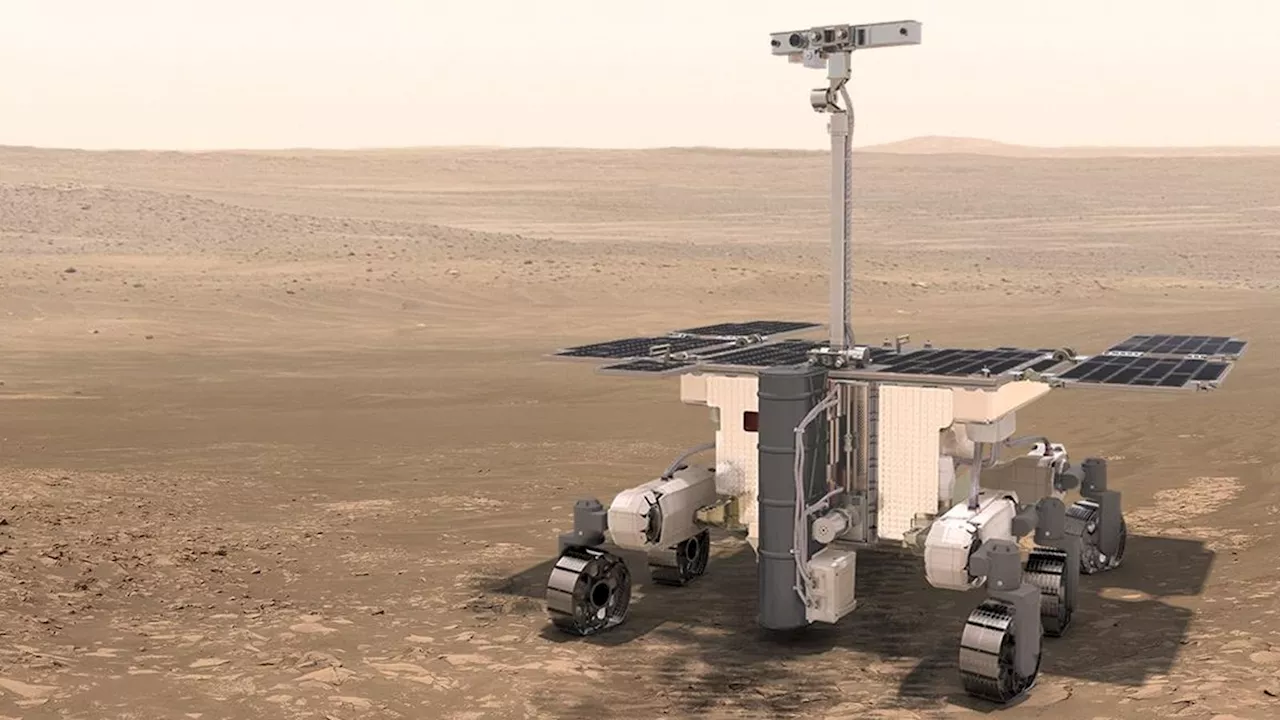 Mars: NASA Will Help Launch Europe’s New Rover After An Eight-Year DelayI'm an award-winning journalist writing about the night sky and eclipses.
Mars: NASA Will Help Launch Europe’s New Rover After An Eight-Year DelayI'm an award-winning journalist writing about the night sky and eclipses.
Read more »
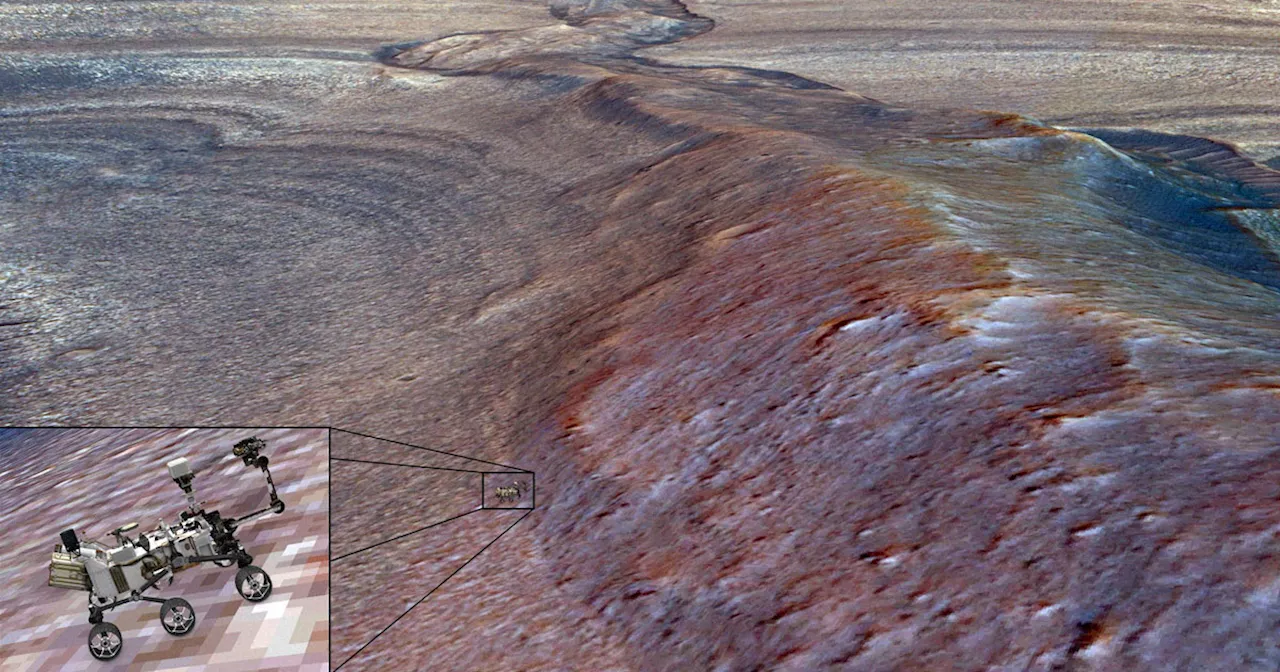 NASA Mars Rover Following Path of What Appears to Be Ancient RiverScience and Technology News and Videos
NASA Mars Rover Following Path of What Appears to Be Ancient RiverScience and Technology News and Videos
Read more »
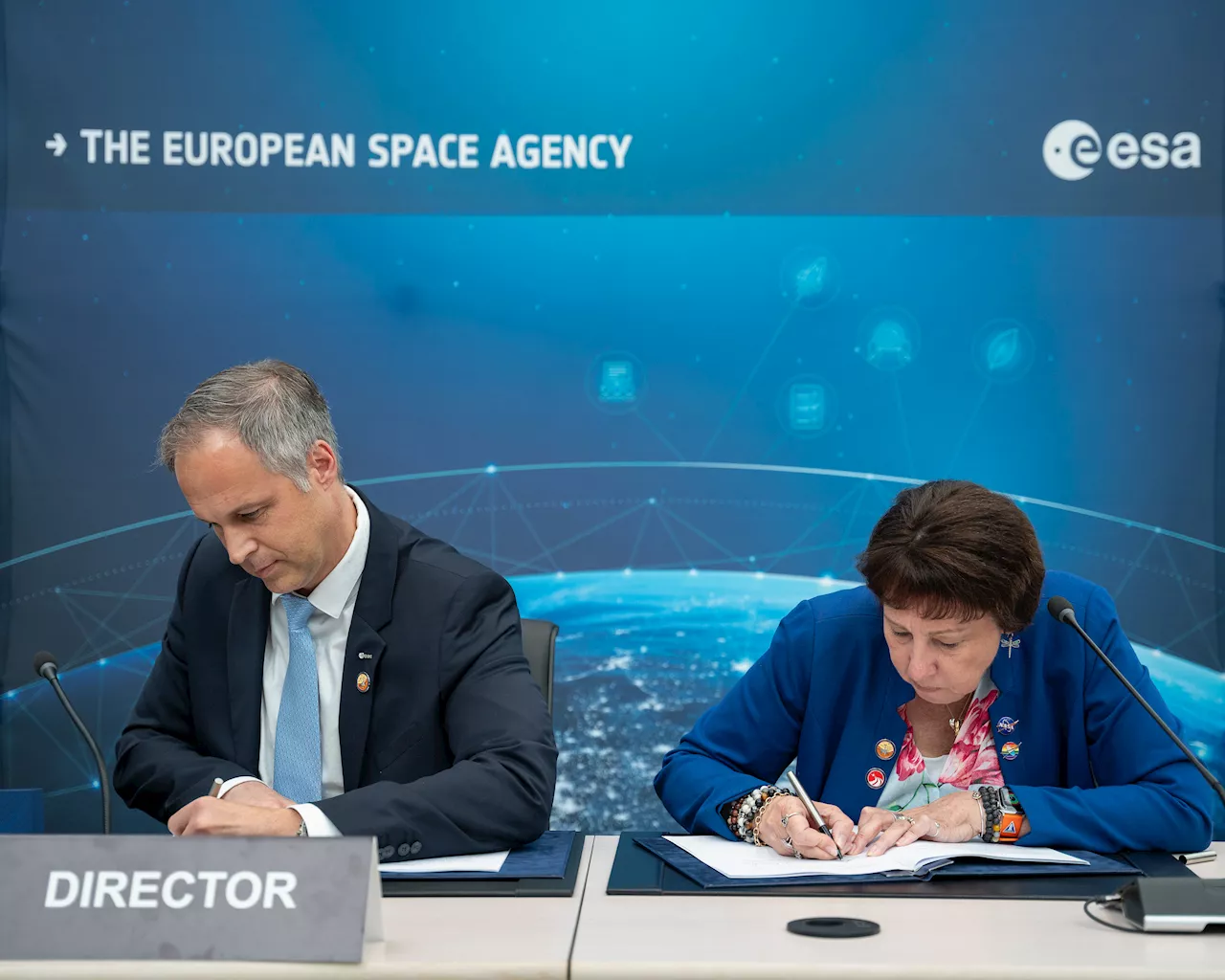 NASA, European Space Agency Unite to Land Europe’s Rover on MarsNASA and ESA (European Space Agency) announced Thursday they signed an agreement to expand NASA’s work on the ExoMars Rosalind Franklin rover, an ESA-led
NASA, European Space Agency Unite to Land Europe’s Rover on MarsNASA and ESA (European Space Agency) announced Thursday they signed an agreement to expand NASA’s work on the ExoMars Rosalind Franklin rover, an ESA-led
Read more »
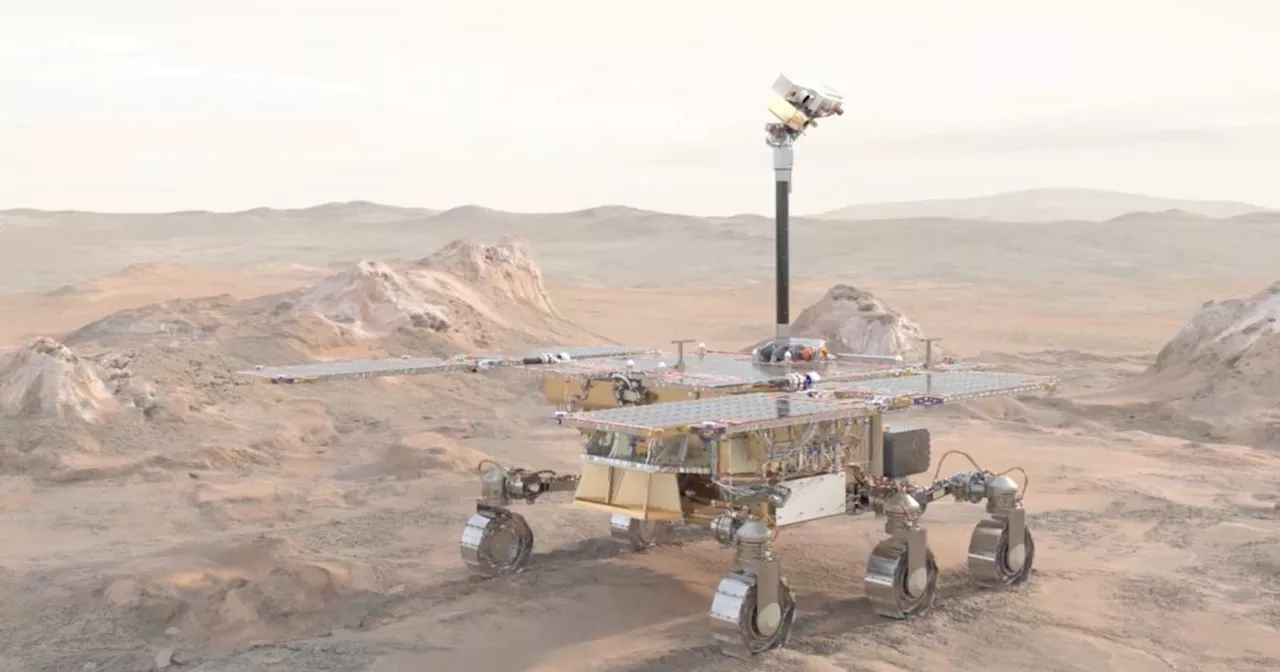 NASA to help with the launch of Europe’s unlucky Mars roverEurope's unlucky Mars rover, known as Rosalind Franklin, has gotten a boost thanks to a new cooperation agreement with NASA.
NASA to help with the launch of Europe’s unlucky Mars roverEurope's unlucky Mars rover, known as Rosalind Franklin, has gotten a boost thanks to a new cooperation agreement with NASA.
Read more »
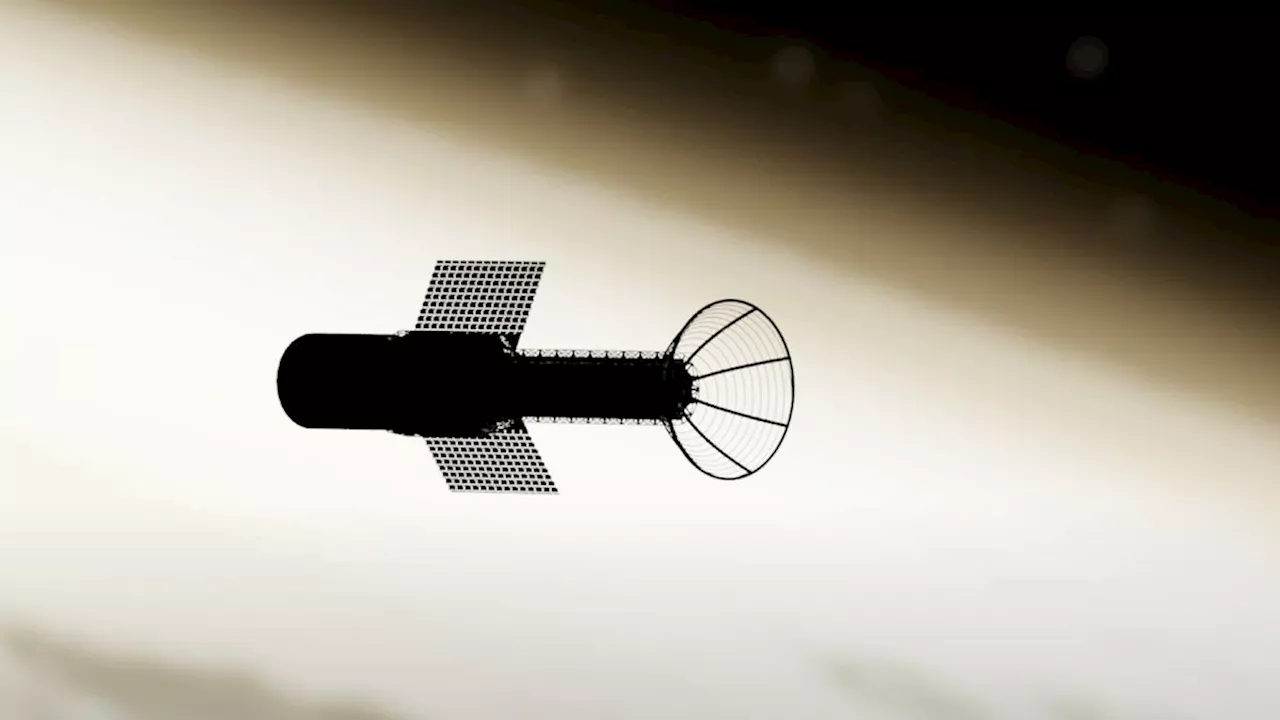 NASA-funded pulsed plasma rocket concept aims to send astronauts to Mars in 2 monthsSamantha Mathewson joined Space.com as an intern in the summer of 2016. She received a B.A. in Journalism and Environmental Science at the University of New Haven, in Connecticut. Previously, her work has been published in Nature World News.
NASA-funded pulsed plasma rocket concept aims to send astronauts to Mars in 2 monthsSamantha Mathewson joined Space.com as an intern in the summer of 2016. She received a B.A. in Journalism and Environmental Science at the University of New Haven, in Connecticut. Previously, her work has been published in Nature World News.
Read more »
 How NASA's Ingenuity helicopter opened the Mars skies to explorationLeonard David is an award-winning space journalist who has been reporting on space activities for more than 50 years. Currently writing as Space.
How NASA's Ingenuity helicopter opened the Mars skies to explorationLeonard David is an award-winning space journalist who has been reporting on space activities for more than 50 years. Currently writing as Space.
Read more »
